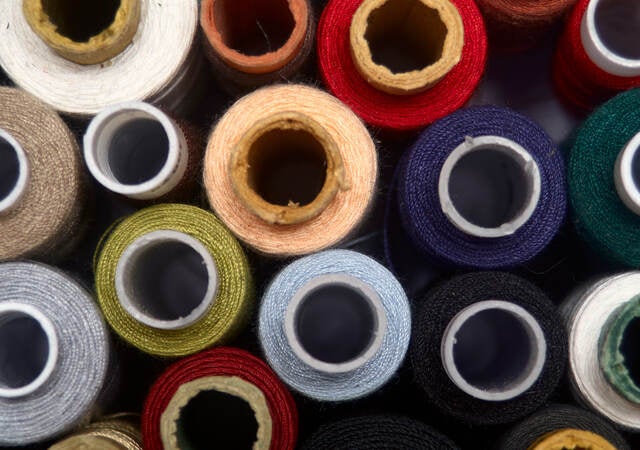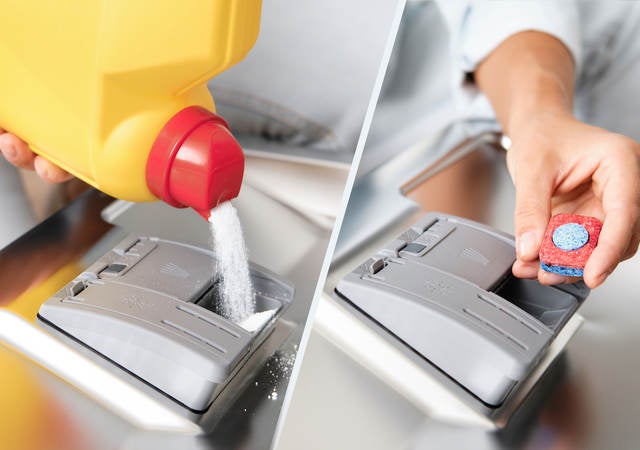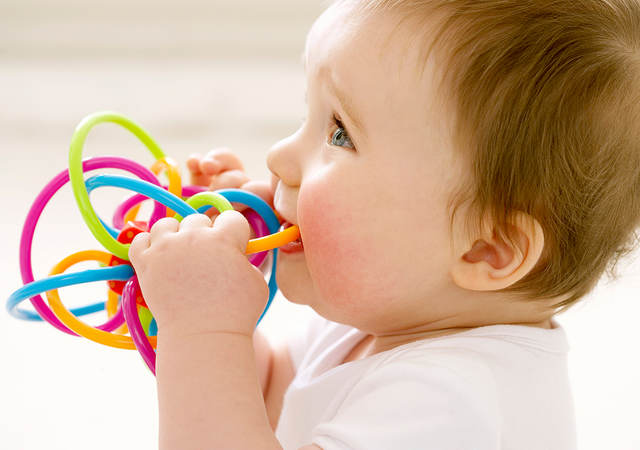Safety challenges associated with children’s apparel and footwear
When designing children’s clothing, it is essential to take into consideration the behavior of children, whose need for exploration, and challenge drives them to use items in new and different ways. One common factor children share is that they are unaware of cause and effect and are therefore substantially less cautious than adults in relation to hazards.
Children’s clothing can contain small parts such as snaps, buttons, zipper components, sequins, and other decorations, which can break or become detached during normal wear and play. To prevent these small parts causing a hazard, manufacturers must adhere to safety regulations, but these vary from country to country.
Children are particularly vulnerable end users and global requirements for small parts testing aim to protect them from the safety hazards these pose.
UL Solutions’ solutions for safer children’s apparel and footwear
UL Solutions supports the global fashion and luxury industry in their drive to provide safer clothing and footwear to children.
We can help you select the most appropriate testing procedure for children’s apparel and footwear based on your target markets.
UL Solutions’ laboratories use recognized methods to test children’s apparel for compliance to brand specifications as well as international chemical and safety regulations and standards including:
- REACH (EU – Registration, Evaluation, Authorisation and Restriction of Chemicals)
- CPSIA – (U.S. Consumer Product Improvement Safety Act)
- China GB (Chinese National Standards)
- BS (British Standards)
- DIN (German Institute for Standardization)
- EN (European Standard)
Recognized for our history and extensive expertise in the safety review and testing of children’s products, UL Solutions is proficient in providing risk assessment protocols to the children’s apparel industry in response to the need for objective evaluation.
Risk of strangulation and entrapment
One other fundamental aspect for children’s clothing is the prevention of the risk of strangulation and entrapment, connected to any cords or drawstrings on clothes.
Garments manufactured with cords, drawstrings or loops present a potential risk of strangulation and entrapment. To cover this hazard several standards specify requirements for cords and drawstrings on children's clothing, the requirements are divided by the child’s age, body zone and type of string, there are specific requirements for drawstrings, functional cords, decorative cords, adjusting tabs, fixed loops, flat loops, zip puller and tied belts.
UL Solutions’ team of textile, apparel and footwear experts can assess design of children’s apparel and footwear during prototyping and top-of-production for safety and quality to applicable standards.
Risk of flammability
Another important factor is related to flammability, specific flammability requirements are mandatory for children’s daywear and nightwear garments, also specific labelling is mandatory in some countries.
UL Solutions offers testing for children’s daywear and nightwear based on garment design and the requirements of specific markets:
- Australia for nightwear
- Canada for daywear and nightwear
- China for daywear and nightwear
- UK for nightwear
- US for daywear and nightwear
Our services include:
- Flammability resistance
- Chemical analyses
- Button and snap attachment resistance
- Trim and appliqué attachment resistance
- Sharp points and edges
- Neck opening stretch
- Dimensional stability
Product categories:
- Clothing and accessories
- Baby feeders
- Bath towels
- Bibs
- Blankets
- Burping cloths
- Sheets
- Shoes
- Washcloths
In the News - Regulatory Updates for Retail and Consumer Products
Consumer product regulations are evolving rapidly. Subscribe now and start receiving this monthly newsletter to stay on top of regulatory changes for your business and navigate compliance challenges.
Get connected with our sales team
Thanks for your interest in our products and services. Let's collect some information so we can connect you with the right person.













